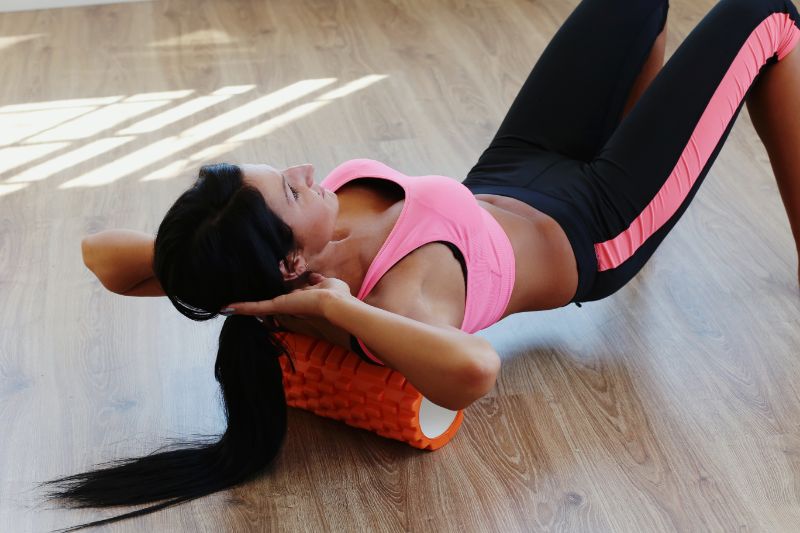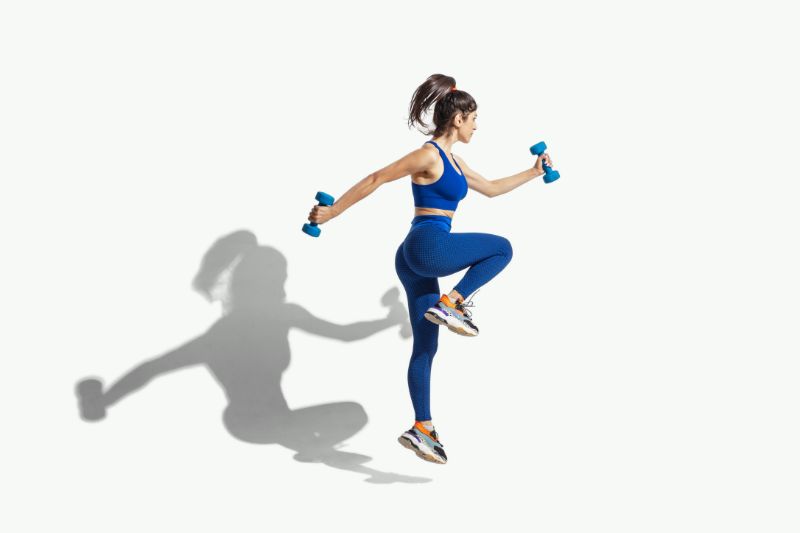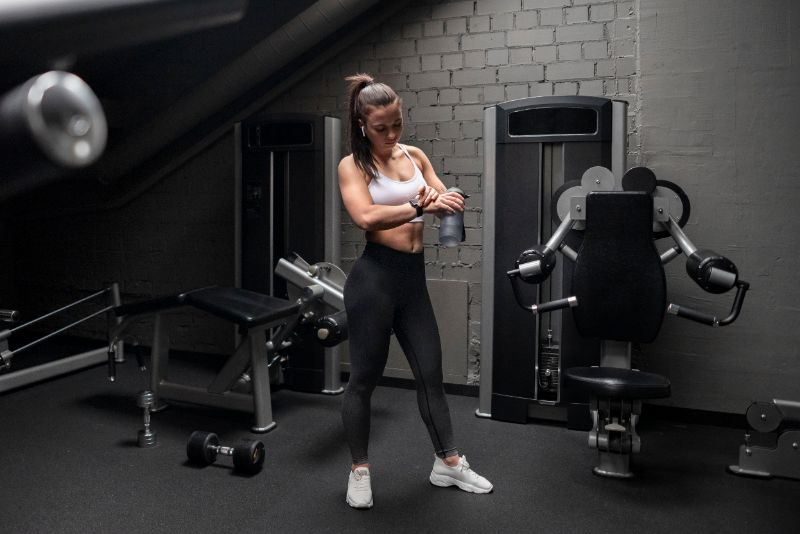When it comes to your chest workout routine, did you know that the number of exercises you do can significantly impact your progress? Understanding the optimal amount of chest exercises to include in your workout can make a substantial difference in achieving your fitness goals.
Whether you are just starting out or looking to take your chest training to the next level, the number of exercises you choose to incorporate can play a crucial role in your overall results. Stay tuned to learn more about how to maximize your chest workout effectively.
Factors to Consider
When determining how many chest exercises to include in your workout, it’s essential to consider various factors that can impact the effectiveness of your training session.
Firstly, focusing on different muscle groups within the chest, such as the upper, lower, and inner chest, can help ensure a well-rounded workout. Varying exercises also aids in preventing muscle imbalances and ensures comprehensive development.
Secondly, the rest time between sets plays a crucial role. Shorter rest periods increase intensity levels and promote muscle endurance, while longer rest periods allow for heavier lifts and strength gains.
Lastly, the equipment needed for each exercise should be considered to plan your workout efficiently. By balancing muscle groups, managing rest times, and choosing the appropriate equipment, you can optimize your chest workout for better results.
Beginner’s Guide
To kickstart your chest exercise journey as a beginner, it’s important to understand the foundational principles for effective training. Start by focusing on proper form to prevent injuries and ensure maximum muscle activation.
When performing chest exercises like bench presses or push-ups, maintain a stable posture, keep your core engaged, and use a full range of motion. This not only targets the chest muscles effectively but also helps in developing overall strength and stability.
Paying attention to muscle activation means consciously engaging your chest muscles throughout each exercise, ensuring they’re doing the majority of the work. By mastering these basics from the beginning, you set a solid foundation for your chest workout routine as a beginner.
Intermediate Level Strategies
Enhance your chest workout routine at the intermediate level by incorporating advanced exercises and progressive overload techniques. To continue your progress, consider implementing progressive overload strategies such as increasing weight, sets, or reps gradually. This approach challenges your muscles to adapt and grow stronger over time.
Additionally, focus on muscle activation techniques to ensure you’re effectively targeting your chest muscles during each exercise. Techniques like mind-muscle connection, proper form, and tempo control can help maximize muscle engagement. Experiment with exercises like incline or decline bench presses, dumbbell flyes, and cable crossovers to add variety and target different areas of your chest.
Remember to maintain proper nutrition and recovery practices to support your muscle growth and progress.
Advanced Workout Plans
Consider incorporating advanced chest exercises and tailored workout plans to challenge your muscles further and stimulate growth effectively.
To achieve peak performance and maximize muscle hypertrophy, include exercises like weighted dips, decline bench presses, and cable crossovers in your routine. Weighted dips engage not only the chest but also the triceps and shoulders, promoting overall upper body strength.
Decline bench presses target the lower chest, providing a comprehensive workout for balanced development. Cable crossovers isolate the chest muscles, enhancing muscle definition and strength.
Incorporating these advanced exercises along with strategic workout plans that emphasize progressive overload and proper recovery will push your muscles to new limits, fostering continuous growth and improvement.
Time-Efficient Workouts
For more efficient workouts, focus on incorporating compound exercises that target multiple muscle groups simultaneously. Compound exercises like squats, deadlifts, and bench presses are great choices as they work several muscles at once, saving you time and maximizing workout efficiency.
Time management is crucial when aiming for effective workouts. Instead of spending hours at the gym doing isolated exercises, opt for compound movements to get the most out of your session. These exercises not only help in building strength but also improve coordination and balance.
Customizing for Your Goals
To tailor your workout routine effectively to meet your specific fitness goals, it’s essential to customize the number of chest exercises you include per session. Goal-specific variations play a crucial role in achieving desired outcomes.
If your aim is muscle hypertrophy, incorporating a mix of compound movements like bench presses with isolation exercises such as dumbbell flyes can be beneficial. On the other hand, if strength gains are your focus, prioritizing heavy compound lifts like the barbell bench press may be more effective.
Personalized routines that align with your objectives can maximize results and prevent plateauing. By adjusting the number and types of chest exercises based on your goals, you can optimize your training sessions for success.
Conclusion
In conclusion, the number of chest exercises you should do per workout depends on your fitness level, goals, and time constraints. Beginners may start with 2-3 exercises, while intermediate and advanced individuals can benefit from 3-5 exercises.
Remember to focus on proper form, progressive overload, and variety in your routine to see optimal results. Ultimately, listen to your body and adjust your chest workout accordingly to ensure continued progress and prevent plateaus.
Check out these related articles:


